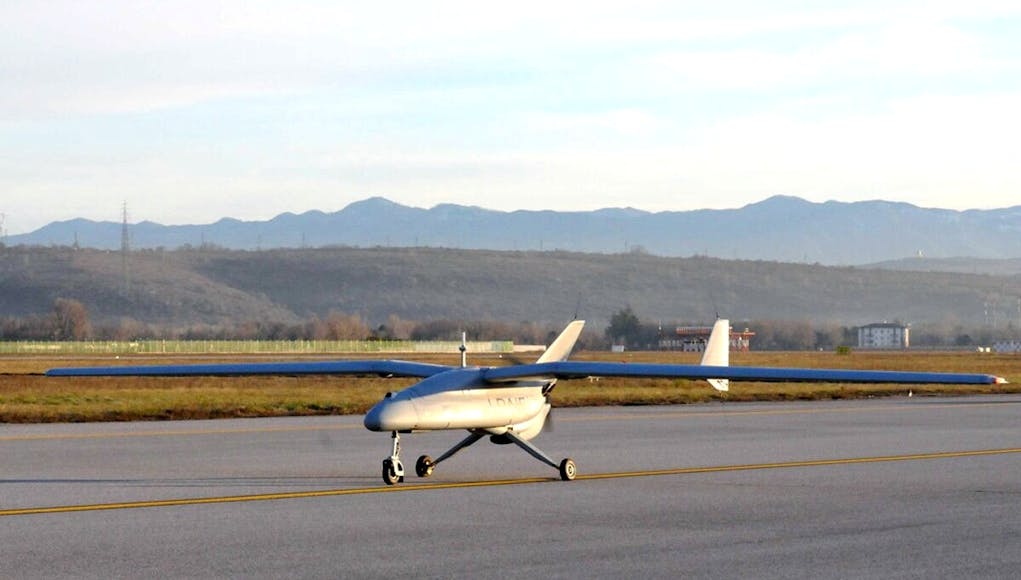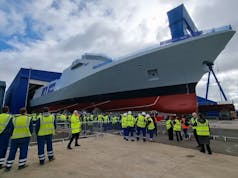The new Remotely-Piloted Air System, the largest Leonardo has ever built, has successfully undergone its first test flight.
The firm say that the Falco Xplorer S/N0001 took off from Trapani Air Force base on January the 15th, cruised over the Gulf of Trapani in a dedicated fly zone, for around 60 minutes and then returned to base, landing safely.
“The maiden flight is a significant milestone which has been achieved through technical and engineering support, at the test flight planning stages and with other related activities, by the Italian Air Force Test Flight Centre.
The Remotely-Piloted Air System (RPAS), which combines endurance of over 24h with a max payload of 350kg, will now embark on a series of flight campaigns which will assess the aircraft’s full range of capabilities including its integrated sensor system. These campaigns will also certify the Falco Xplorer against NATO’s airworthiness STANAG 4671, dramatically expanding the territory over which it can operate.”
Previous Falco variants have been chosen by the United Nations and Frontex, the European border and coastguard agency.
The firm say that the Falco Xplorer design draws on feedback from these and other Falco customers. It features a powerful sensor suite, which includes the Company’s Gabbiano T-80 multi-mode surveillance radar, its SAGE electronic intelligence system, an automatic identification system for maritime missions and an Electro-Optical (EO) turret.
“An optional hyperspectral sensor will allow the Falco Xplorer to monitor pollution and agricultural development. The native satellite link capability allows for beyond-line-of-sight operations, while its open system architecture means that third-party sensors can be easily integrated. Not subject to International Traffic in Arms Regulations (ITAR) restrictions and meeting the criteria for Missile Technology Control Regime (MTCR) class II, Falco Xplorer is readily exportable around the world.”














An interesting piece of kit, especially for island nations such as ours?
If it achieves the 24hr endurance and say flies at 170+kn then it would be a very capable maritime surveilance asset which could supplement the P8’s. I believe that the 350kg payload would be used to carry different sensor packs as the article suggests that the sensors can be swapped around, so perhaps not so much available for ordinance or deployable rescue kit – nevertheless a potentially very useful spy in the sky.